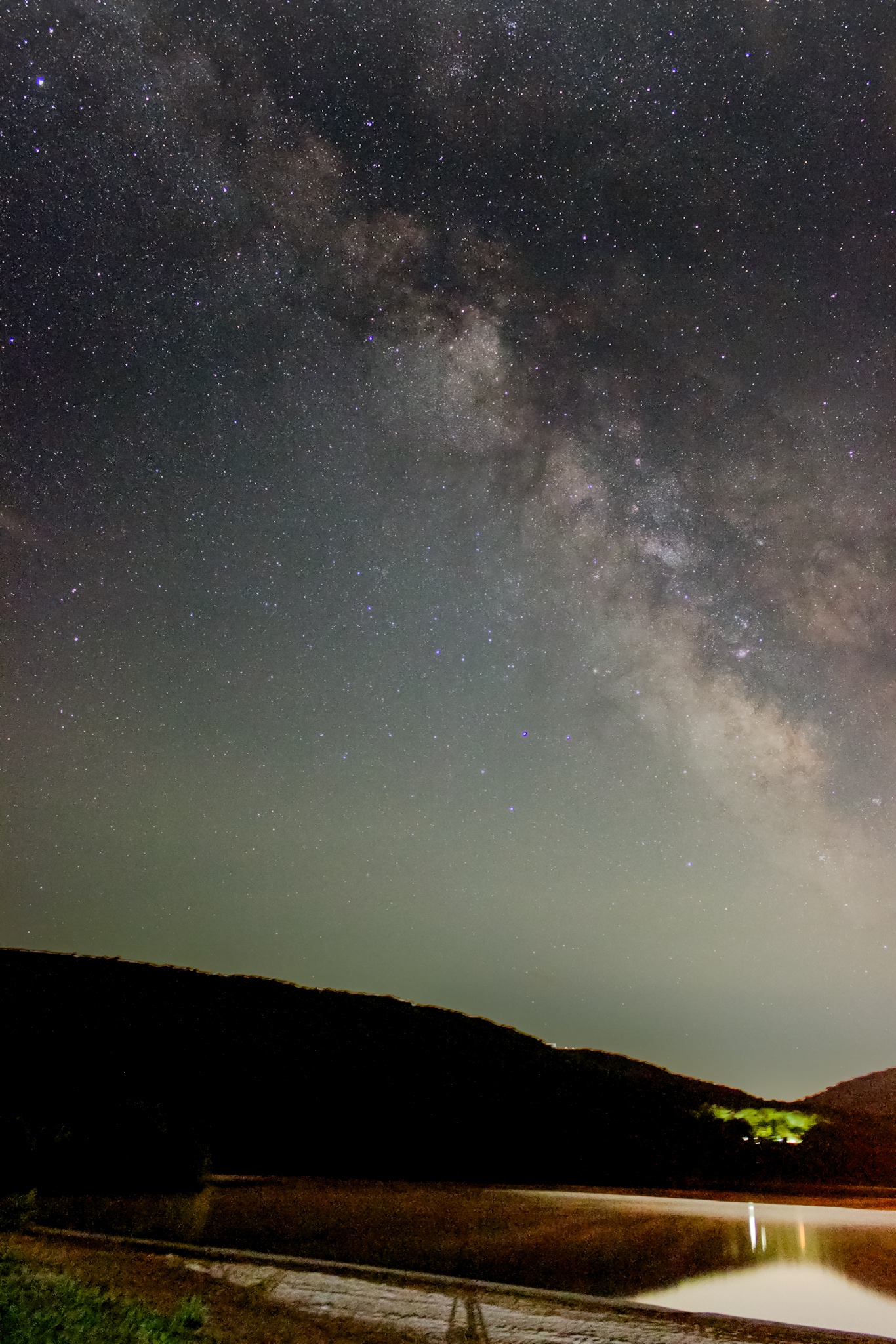
Milky Way Core rising above Lake
Just 30 minutes away from State College at a Bortle Class 4 location, I captured this photo of the Milkyway core. I learned a few usefull tricks for removing the glow on the horizon.
Welcome to my Astrophotography archive. From the cloudy skies of northeast United States I cling to any opportunity that enables me to delve into the endless beauty of the night sky. I share my photography results with you here.
I have a budget setup consisting of a couple of camera lenses, a star tracker and a manual Dobsonian telescope. For the planetary images and moon images I use my Dobsonian. For the wide field DSO, I use my favorite camera lens Canon EF200 F/2.8.

Just 30 minutes away from State College at a Bortle Class 4 location, I captured this photo of the Milkyway core. I learned a few usefull tricks for removing the glow on the horizon.
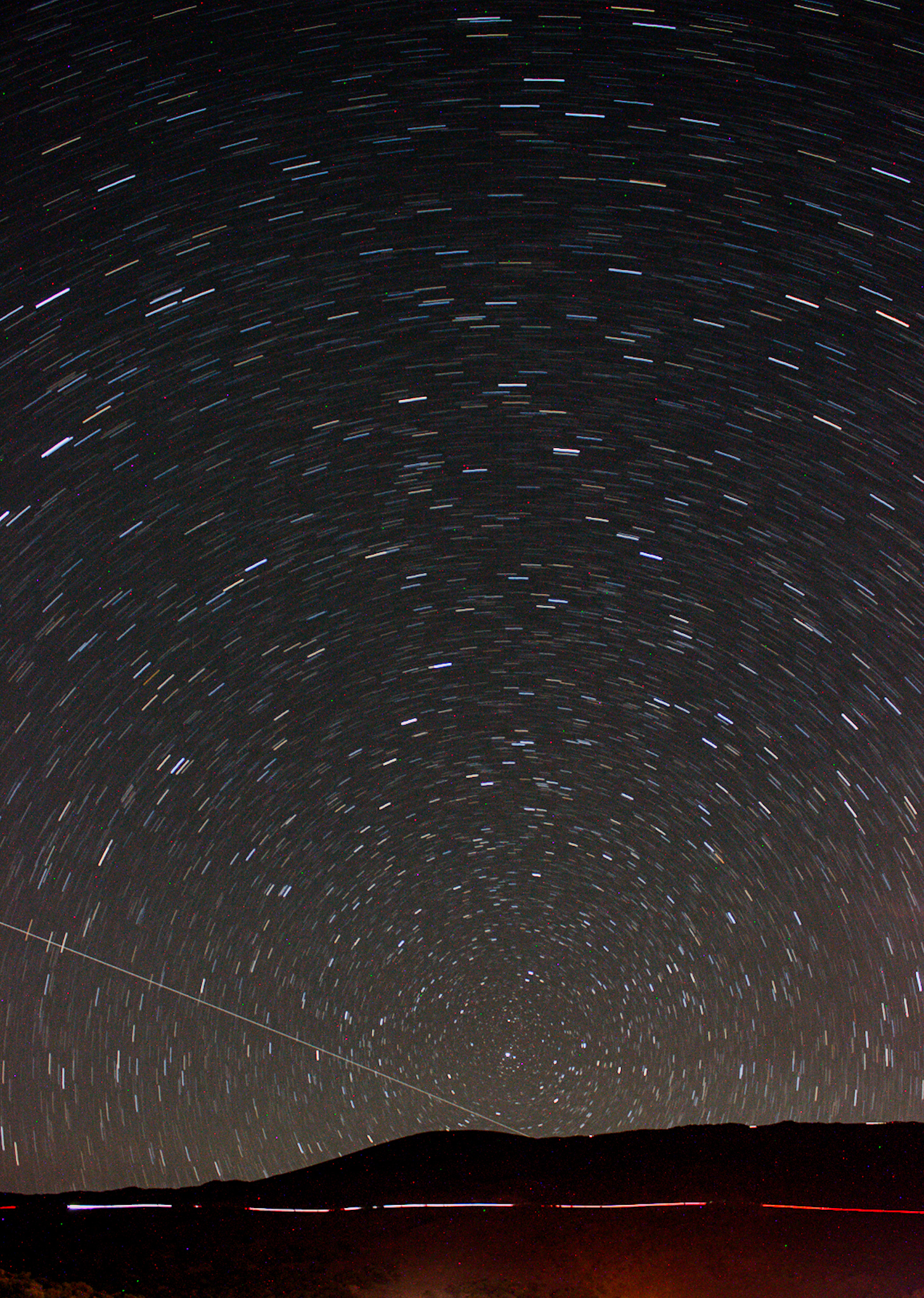
North star polaris right at the top of Mauna Kea summit. My camera recorded the star trails while visitors were decending from the summit to the visitor center.

First Planetary Nebula I photographed! Our sun will turn into a planetary nebula in about 5 million years. Small white dwarf surrounded by gas remenant, getting fainter and fainter as time goes.
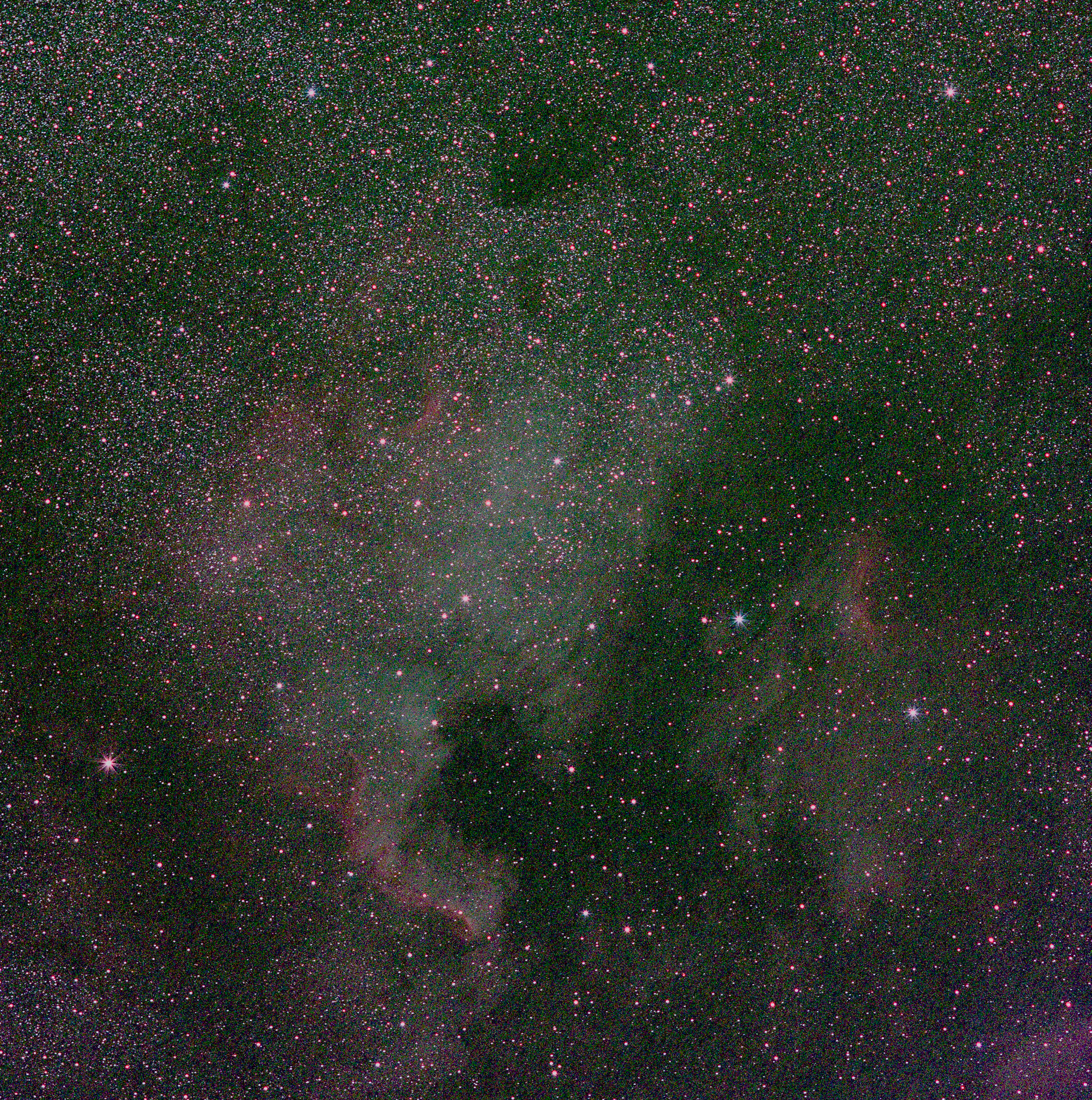
This is my first project with Canon EF-200L USM lens. This was the last piece of my Astrophotography gear and I waited so long for it to be delivered. At the shooting session I was amazed when I could see the Cygnus wall and a bit of Pelican Nebula in a single exposure image.
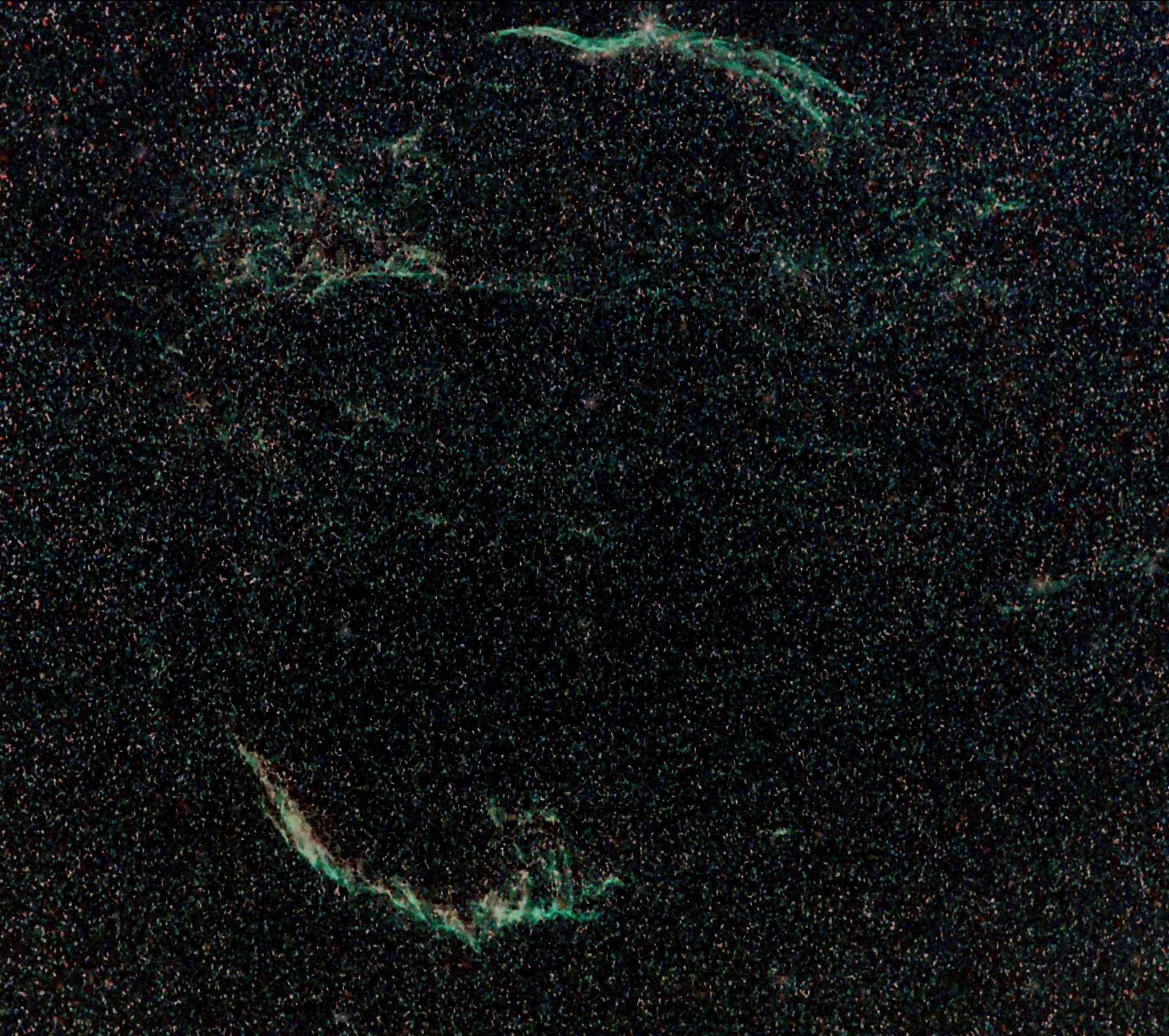
This is one of my personal favorites. The remenant of a supernova in Cygnus constellation. I enjoyed photographing this nebula from a lake side location in center Pennsylvania. Because of the clouds and moon rise I could not acquire more than 40 minutes of exposure data.
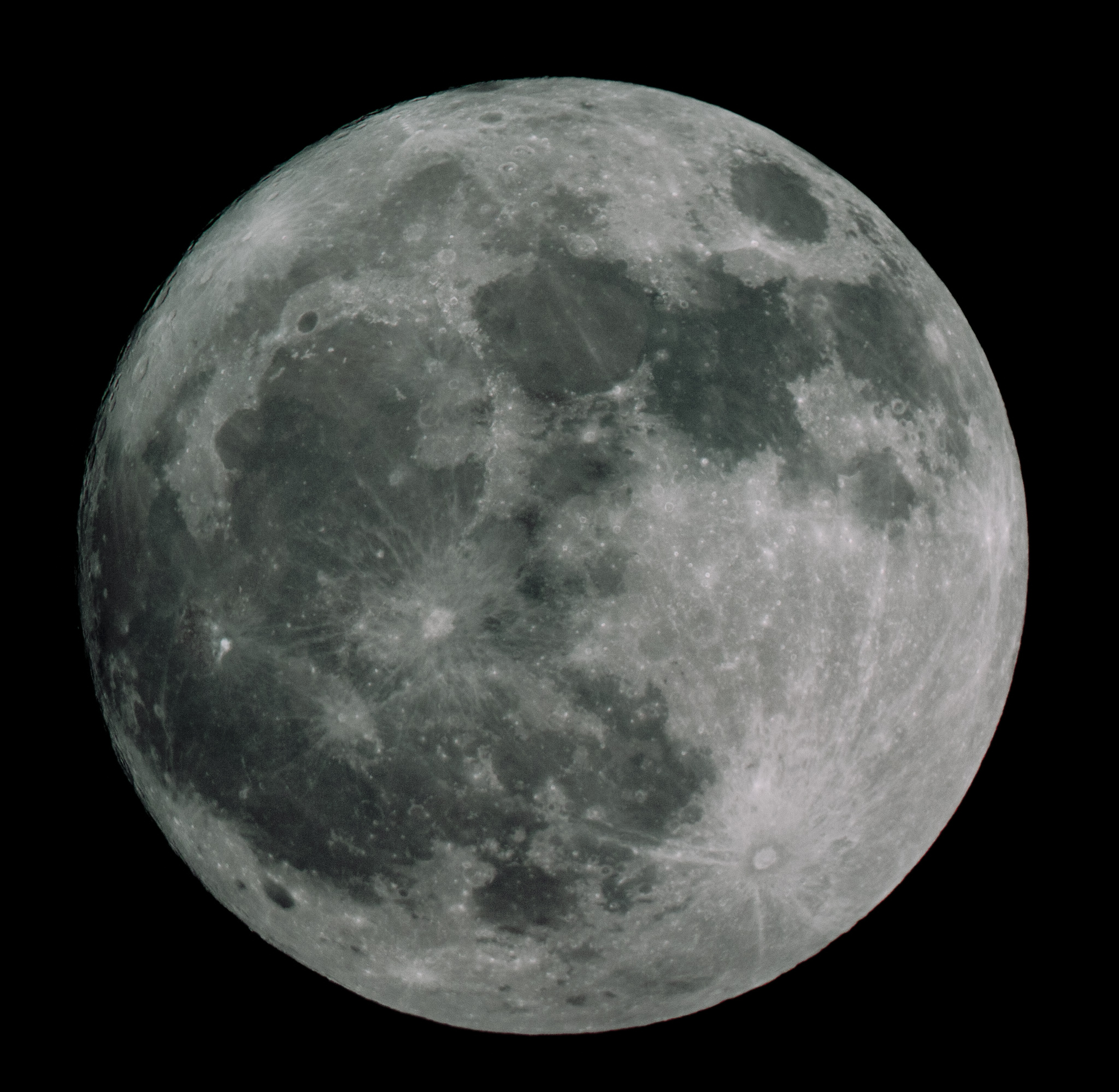
I don't like full moon nights, because the only thing you can see or photograph properly is the moon. It feels like it bullies other dim stars and sky objects by outshining them.
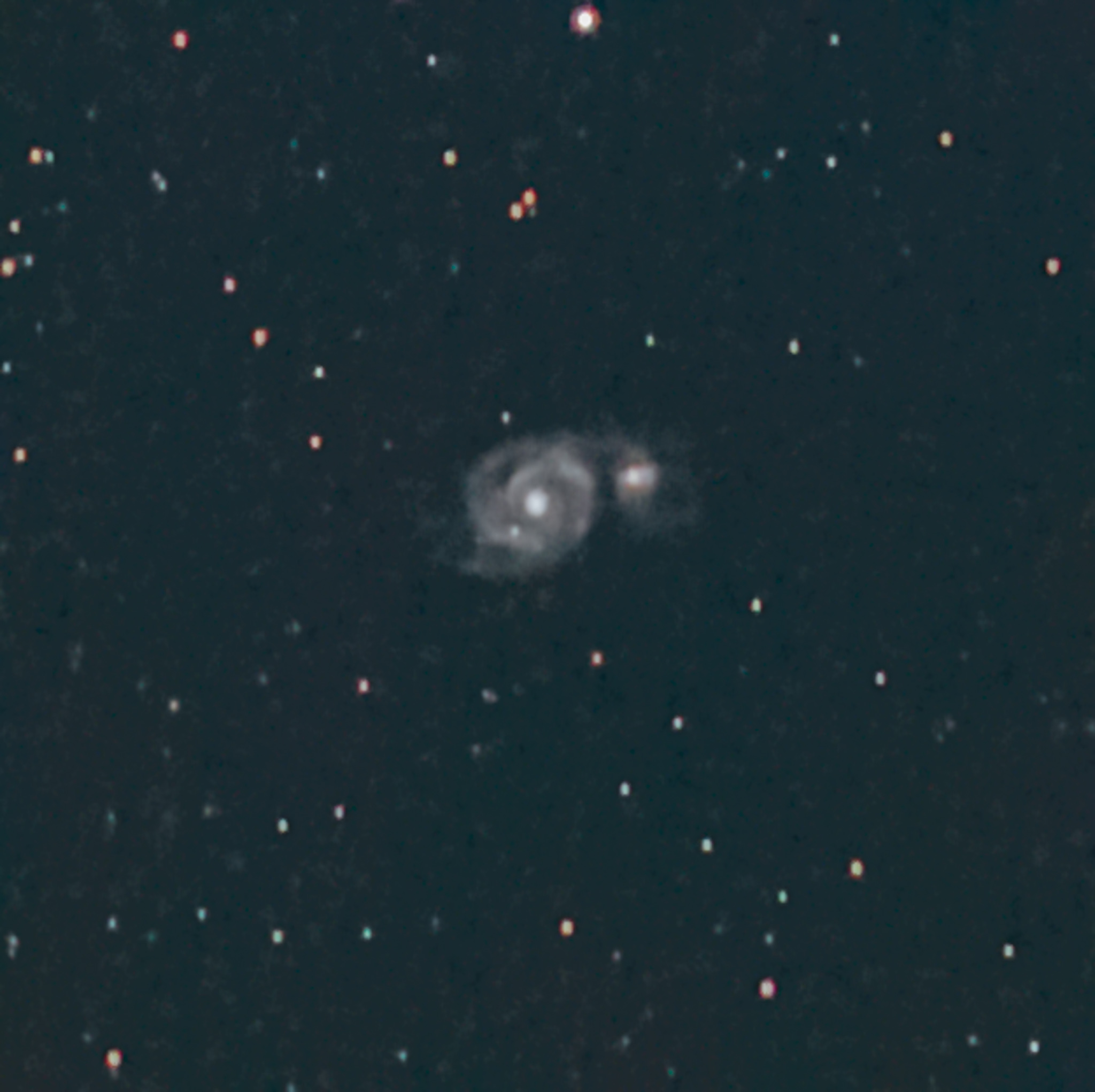
I took the exposures of this image during 70% moon phase nights and it was so hard to get some colors out of the stacked image. I should try capturing these two colliding galxies again in future.
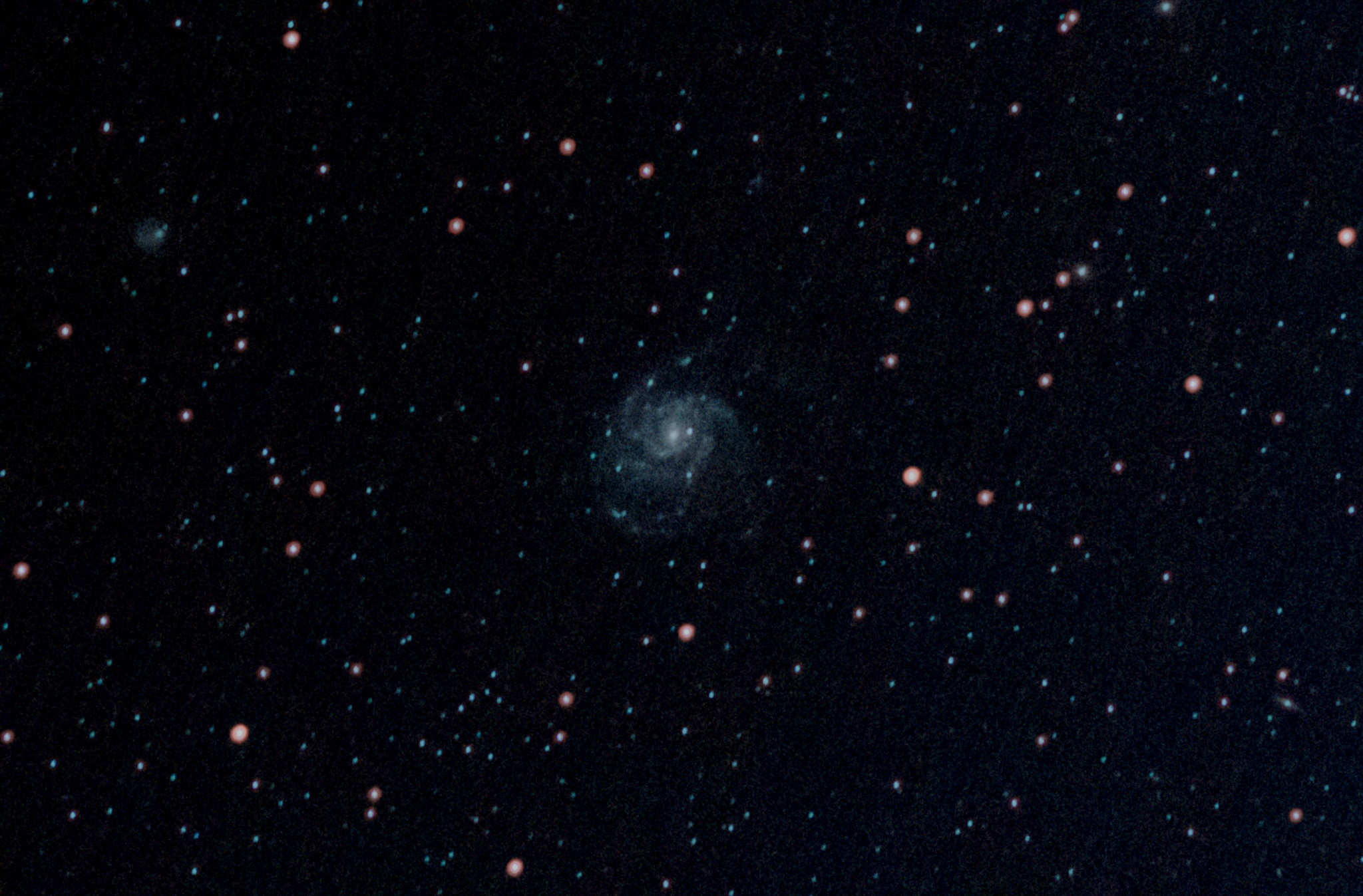
My first galaxy picture! After a few projects on summer Nebulaes, I really wanted a galaxy photo. I was not sure if CLS filter will help, but I used it anyway. This is the integration result of 1 hour of data shoot with a wide open 200mm focal length lens. Red coma aberation is annoying. I should learn how to elimiate them in my future projects.
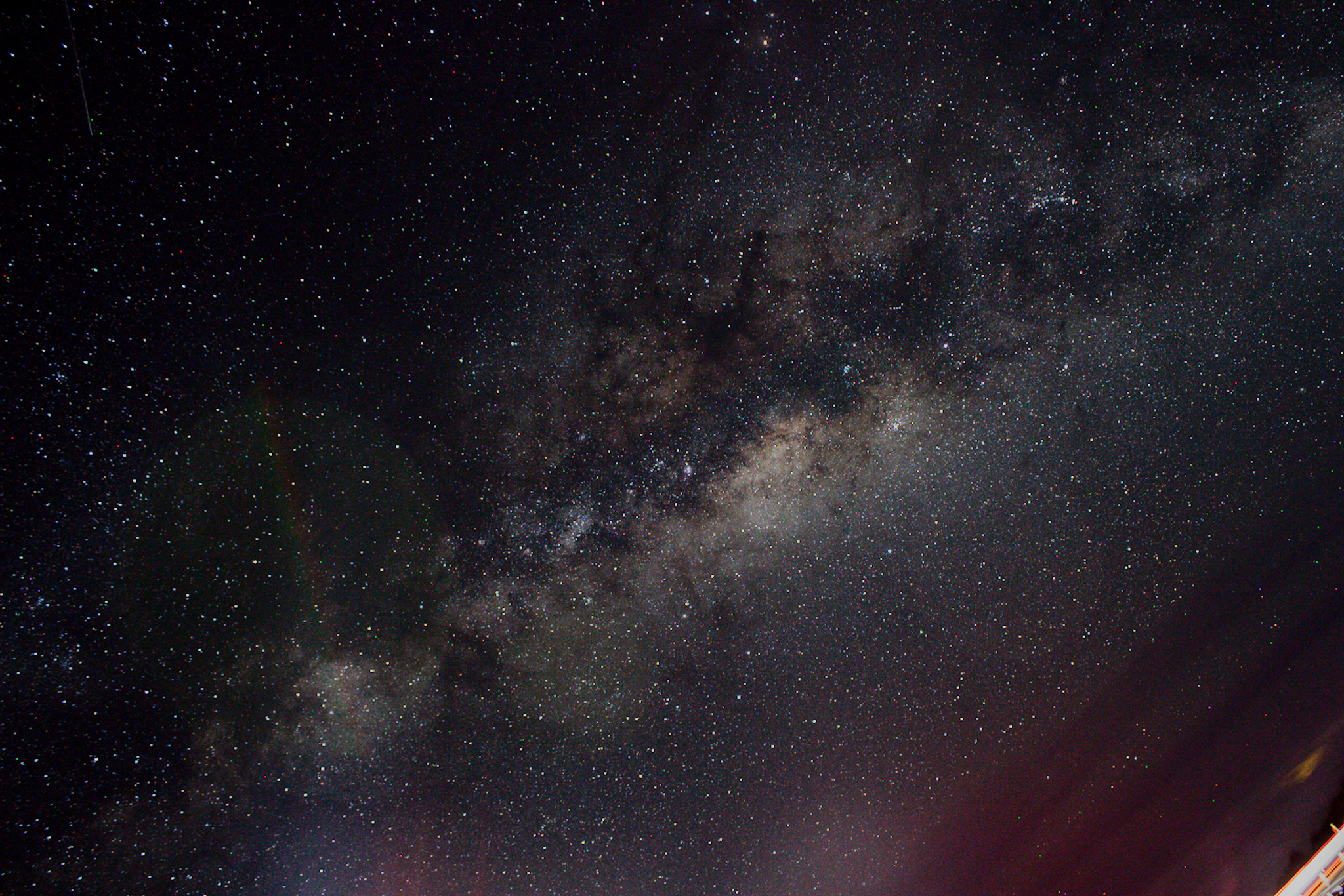
During my hawaii trip I visited the Mauna Kea Summit in early July. One of the darkest and clearest skies I have ever seen. This stunning view is captured from a single 3 minutes exposure using a kit lens. Imagine how would it look through a faster lens.
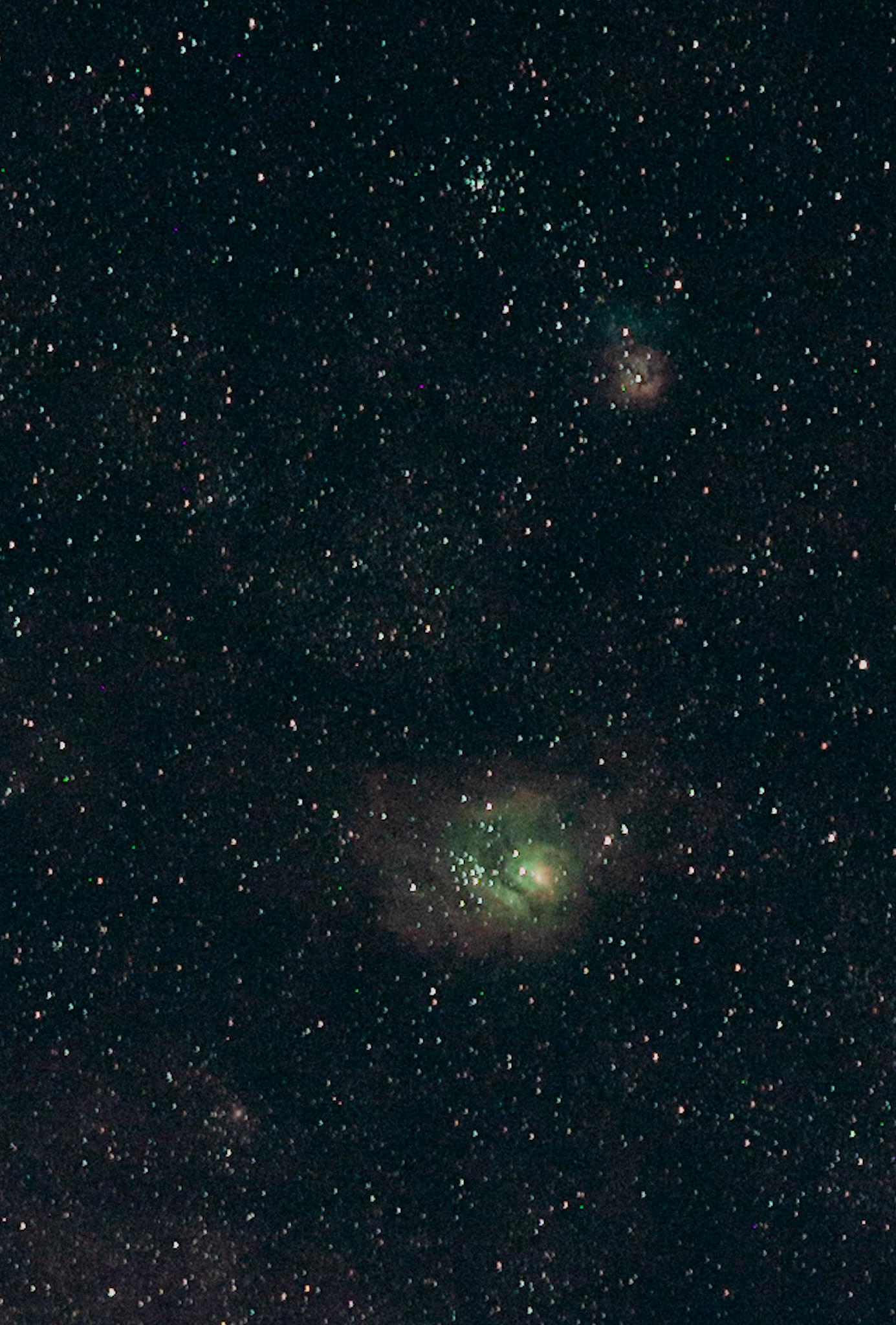
My neighbour asked me if I could see anything with my small camera lens while I was capturing some dim deep sky target. I decided to take a single exposure photo of Lagoon and Trifid nebulae just to show him we do not need a giant telescope for nebula imaging.
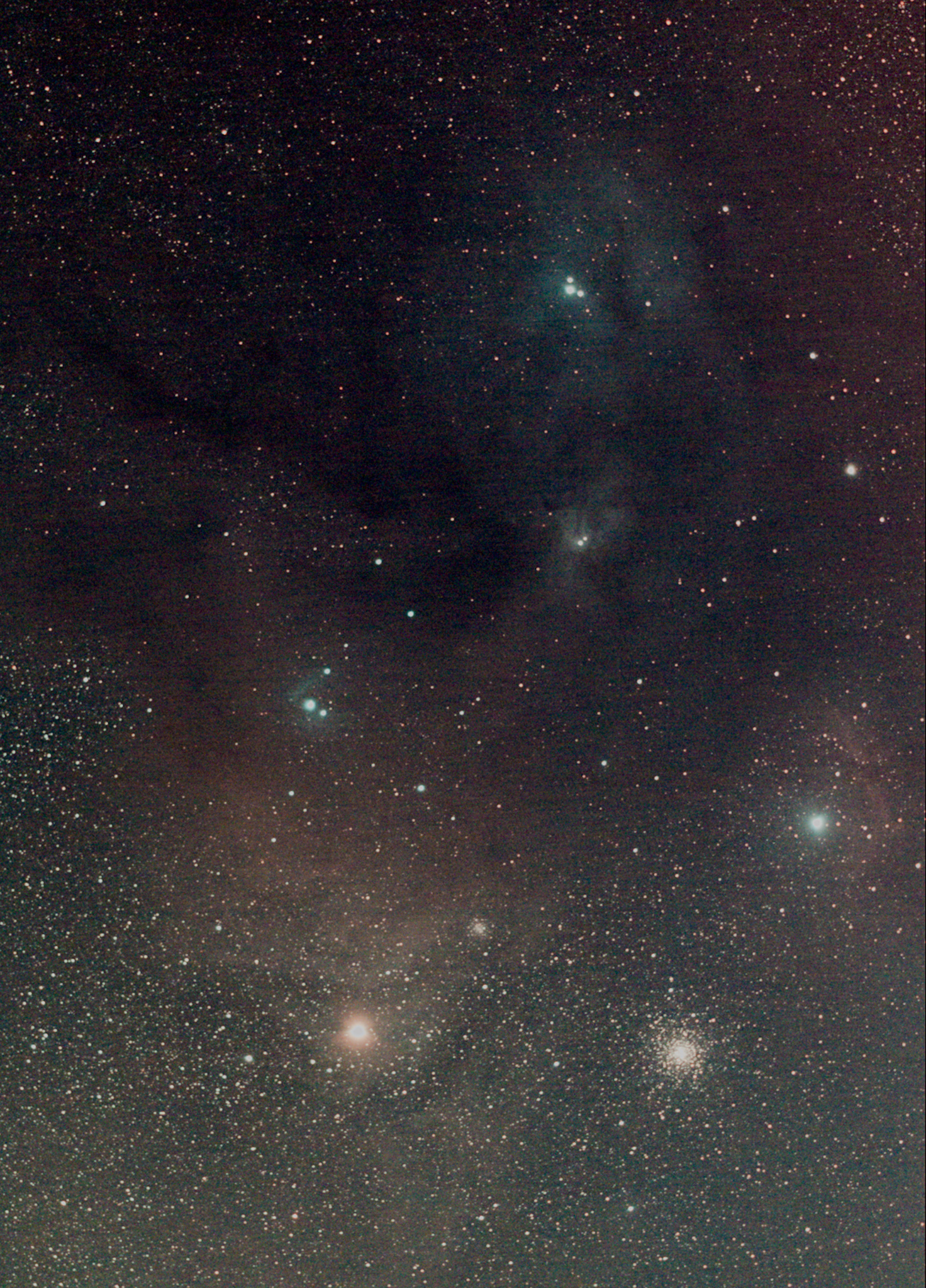
1.5 hours of exposure data to capture this stunning complex around bright star Antares. The M4 star cluster and the colorful gas clouds make an astonishing composition of celestial objects.
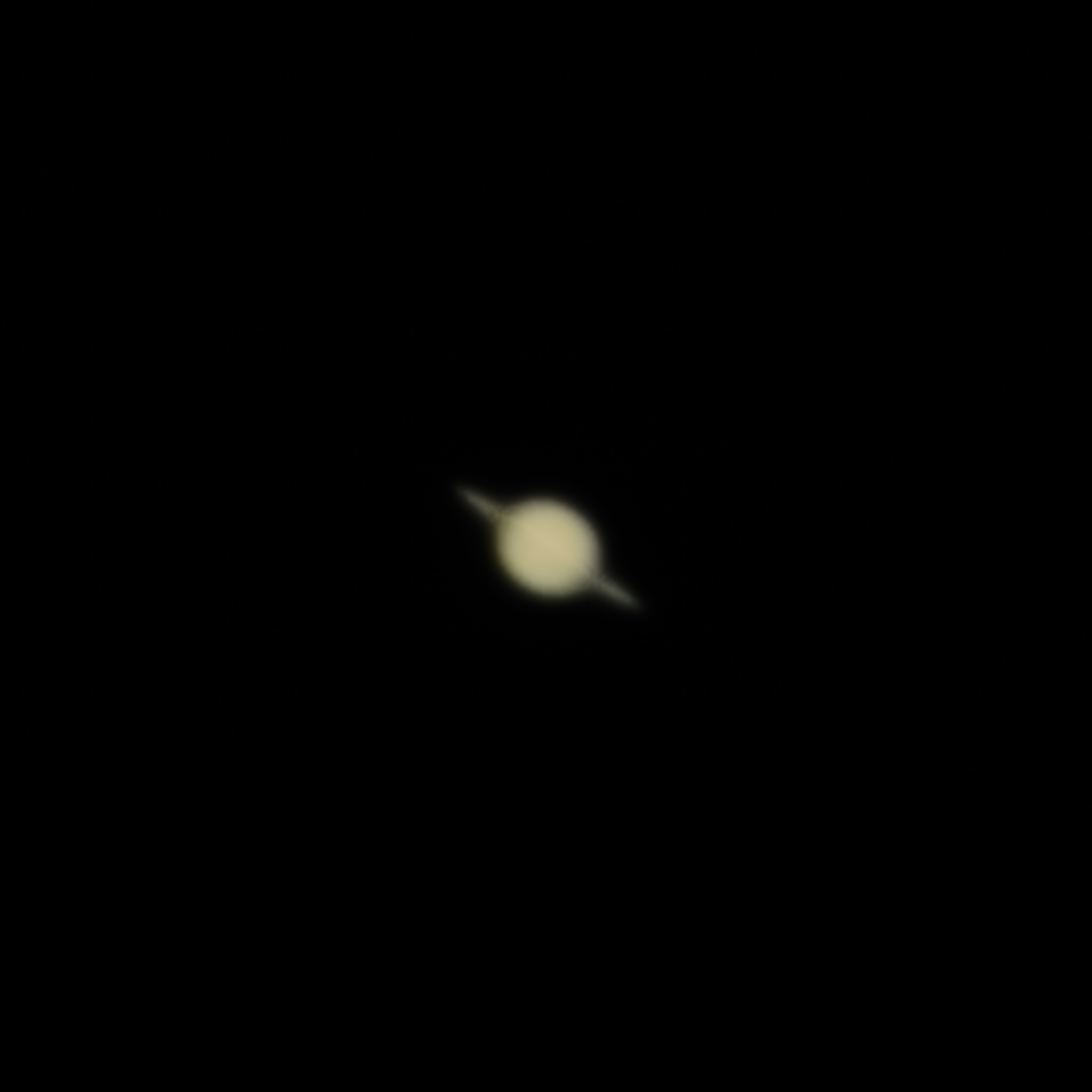
If you want to see the rings you have to wait till 2026! I used my barlow lens and DSLR to capture this image. My first successful palentary image stacking using old softwares. (PIPP and AutoStakkert)
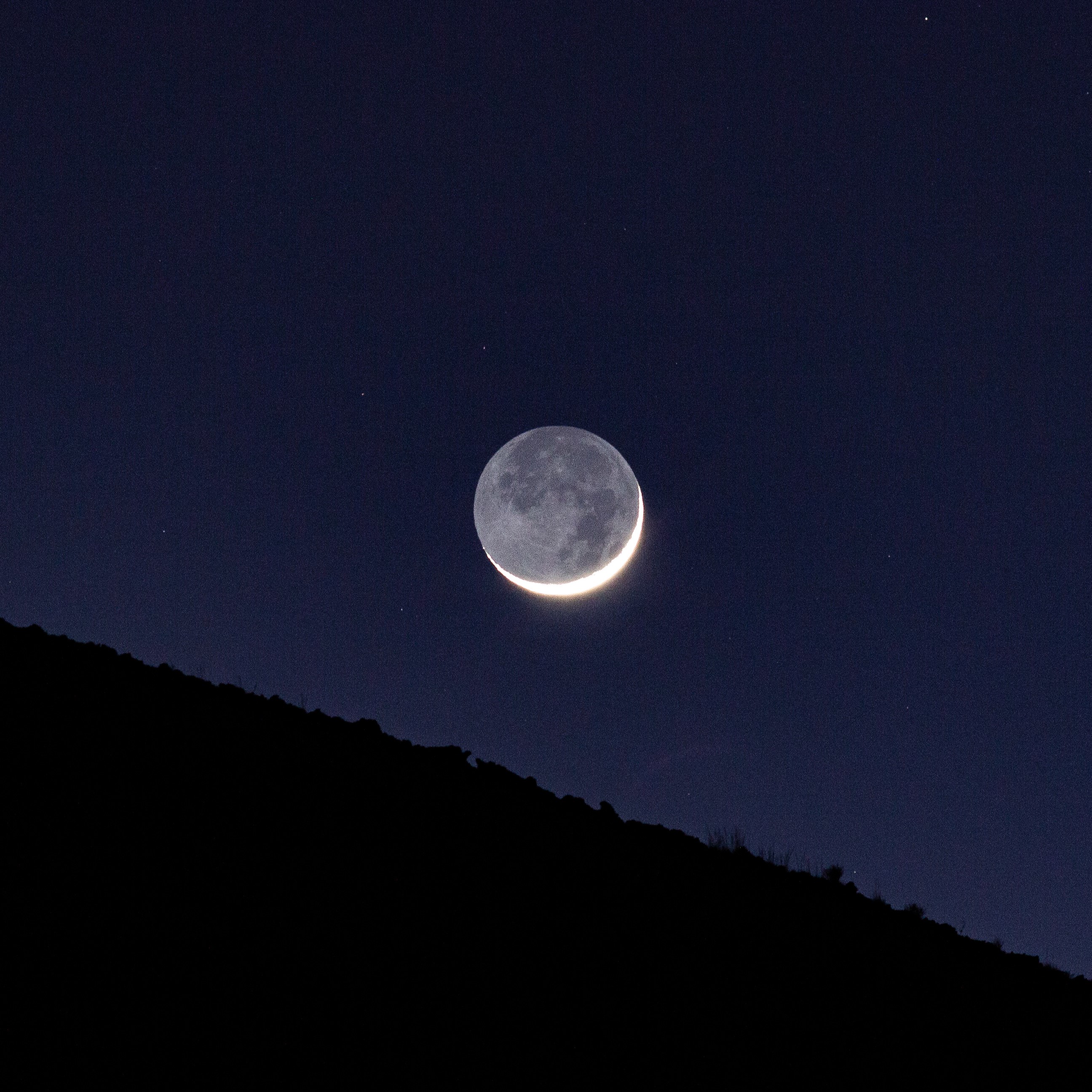
Moon set at the visitor center of Mauna Kea Summit. Sunlight is reflected from earth's surface into the moon. It lights up the dark sides of the moon while it is setting behind the hills.
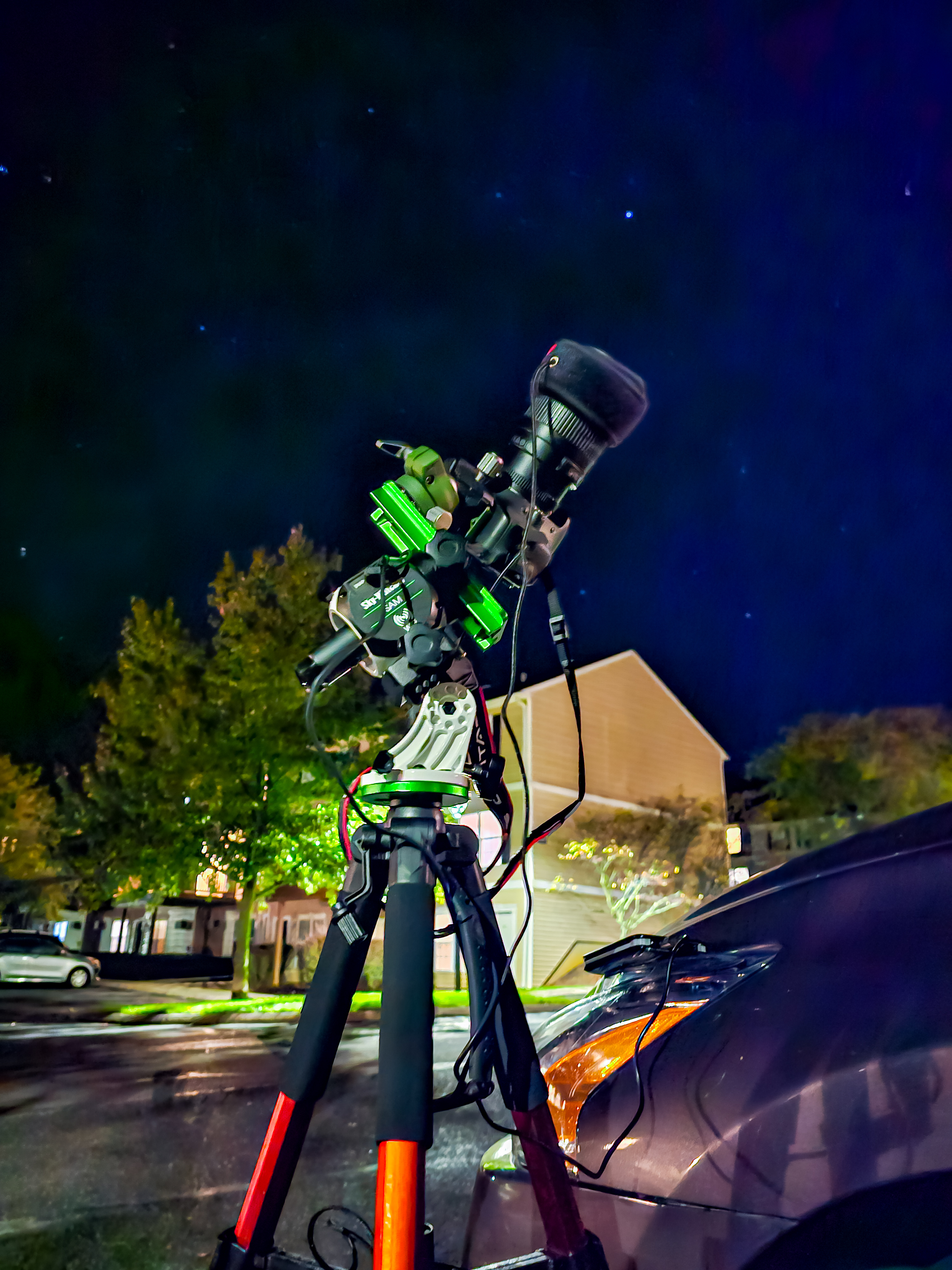
This my setup during a backyard imaging session. The Star Adventurer Mini (SAM) is one of the best economic star trackers one can get. I have not faced any major issues in tracking for exposures of up to 75 seconds at 200mm focal length and 3 minutes at 18mm focal length. My camera is a stock cropped sensor DSLR, that I use along with my EF200 f/2.8L lens. The fast f-stop and flat field of the lens is awsome but coma abberation is a bit of hassle to deal with in post process.
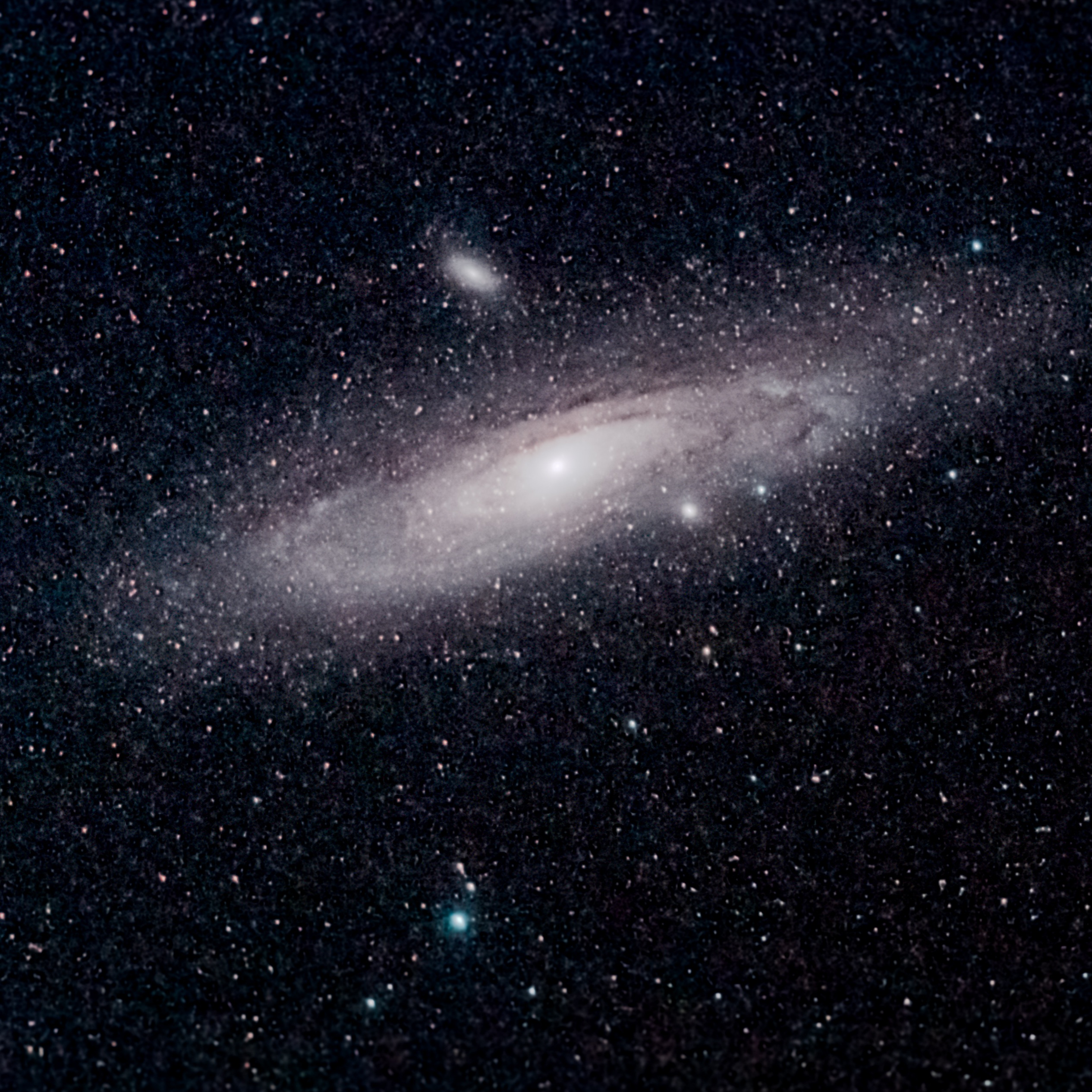
Twice the size of Milky way, 2 million light years away from earth is our neighbouring galaxy M31. Captured during the peak of perseid meteor shower at Stone Valley.